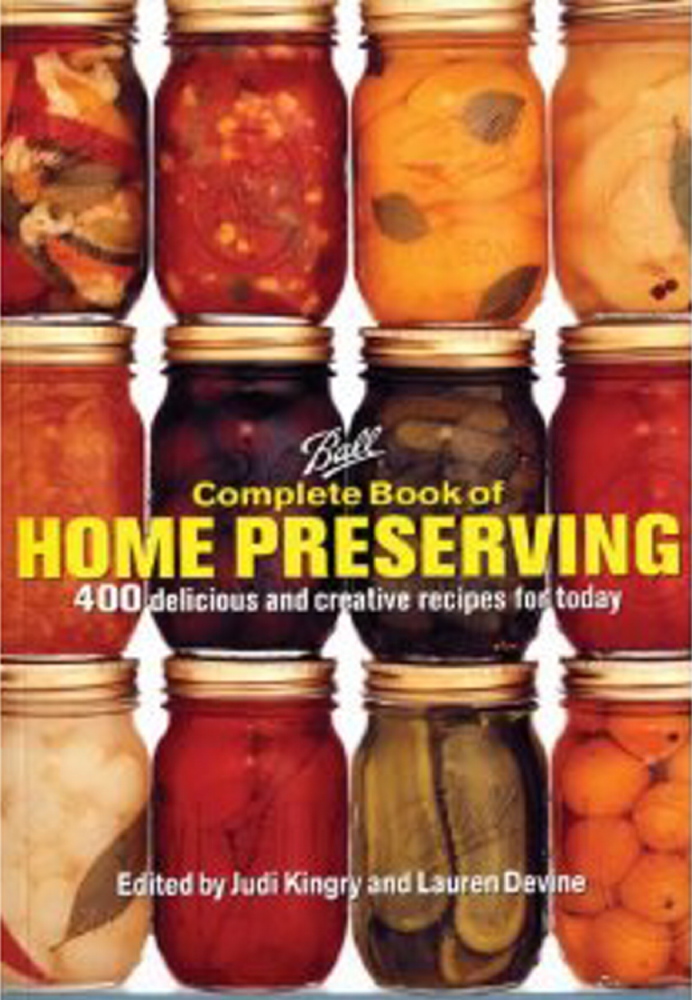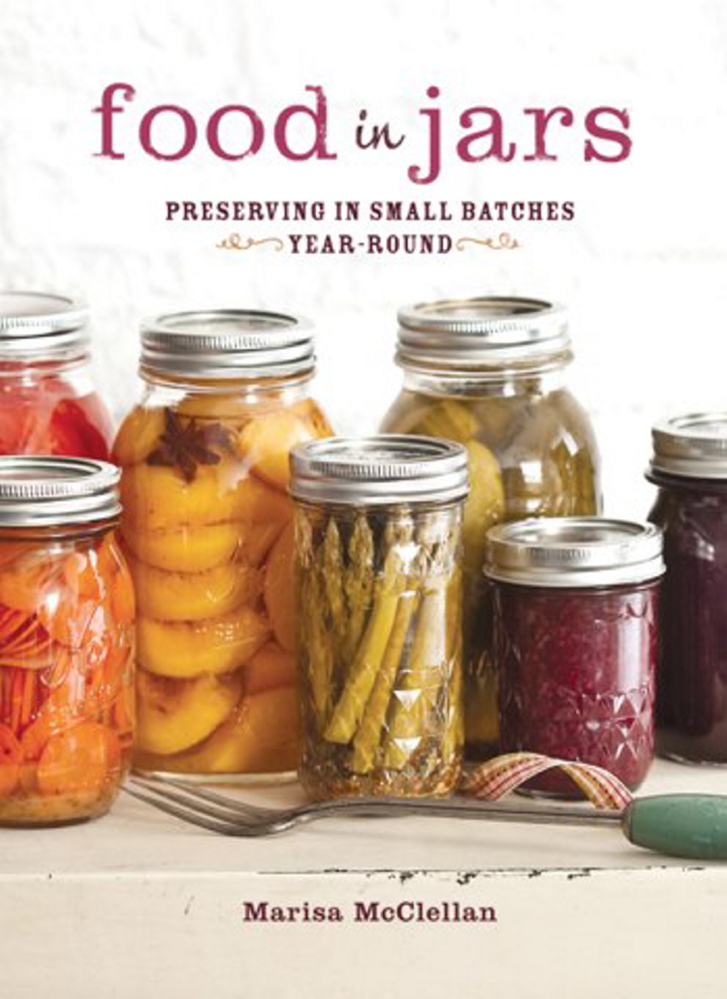I picked up a cookbook last week to peruse some canning recipes and what I saw left me cold.
Two recipes, one for preserving green beans, the other for asparagus, called for processing the vegetables in a boiling water bath – a method that would not kill botulism spores and could make someone very sick.
Green beans and asparagus are low-acid vegetables that need to be pressure canned to be safe to eat. Pressure canning subjects the canned vegetables to temperatures of 240 degrees, which is high enough to kill botulism spores.
I was able to read that recipe and spot the problem because I’ve been canning for years. But this is part of the reason people are scared about taking up canning, because they don’t know enough to know what is unsafe.
I heard that a lot this spring at author events for my first cookbook, “Pickles & Preserves: A Savor the South Cookbook.”
I would tell people to only use reliable recipes and they would ask how they would know if it’s reliable. So here is my list of recommended canning books:
FOR BEGINNERS
• “So Easy to Preserve” by Elizabeth Andress and Judy Harrison. This book is published by University of Georgia Cooperative Extension, home to the National Center for Home Food Preservation. The book and the center publish the latest U.S. Department of Agriculture recommendations for safe food preservation. The cookbook’s sixth edition is due in July. Info: setp.uga.edu.
• “Ball Complete Book of Home Preserving” (Robert Rose, 2006) and “Ball Blue Book Guide to Preserving” (Alltrista Consumer Products, 2004). Two invaluable guides from the makers of a popular brand of canning supplies.
FOR INTERMEDIATE COOKS
• Check out Food in Jars food blogger Marisa McClellan’s two books, which are especially good for city or apartment dwellers: “Food in Jars: Preserving in Small Batches Year-Round” (Running Press, 2012) and “Preserving by the Pint: Quick Seasonal Canning for Small Spaces” (Running Press, 2014).
• I love “Jean Anderson’s Preserving Guide,” which came out in 1976 and was reprinted two years ago by University of North Carolina Press. Anderson is a longtime cookbook author whose recipes you can trust. You will be amazed how well this book has held up over the decades. Be sure to make a batch of the yellow squash pickles.
FOR ADVANCED COOKS
(One note: These books can be used by those at the intermediate level, but if you have any interest in making your own pectin, these authors include instructions.)
• Check out Sherri Brooks Vinton’s “Put ’em Up: A Comprehensive Home Preserving Guide for the Creative Cook” (Storey Publishing, 2010) and “Put ’em Up Fruit: Creative Ways to Put ’em Up, Tasty Ways to Use ’em Up” (Storey Publishing, 2013).
• The longtime authority on all things canning is Linda Ziedrich, who has two books: “The Joy of Pickling” (Harvard Common Press, 1998) and “The Joy of Jams, Jellies and other Sweet Preserves” (Harvard Common Press, 2009).
I shared the troublesome recipes with Ben Chapman, an N.C. State University food scientist, who confirmed that they were unsafe. Chapman pointed out that there are two ways to make low-acid preserved foods safe from botulism: pickling or pressure canning. “These recipes do neither,” he said.
Send questions/comments to the editors.




Success. Please wait for the page to reload. If the page does not reload within 5 seconds, please refresh the page.
Enter your email and password to access comments.
Hi, to comment on stories you must . This profile is in addition to your subscription and website login.
Already have a commenting profile? .
Invalid username/password.
Please check your email to confirm and complete your registration.
Only subscribers are eligible to post comments. Please subscribe or login first for digital access. Here’s why.
Use the form below to reset your password. When you've submitted your account email, we will send an email with a reset code.